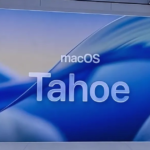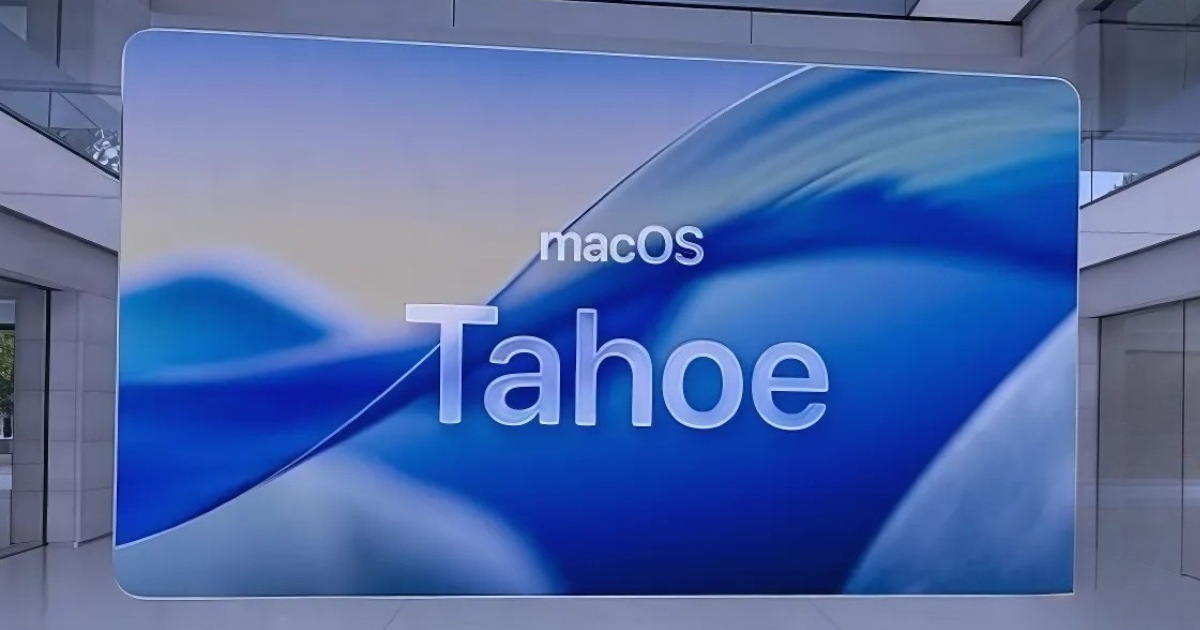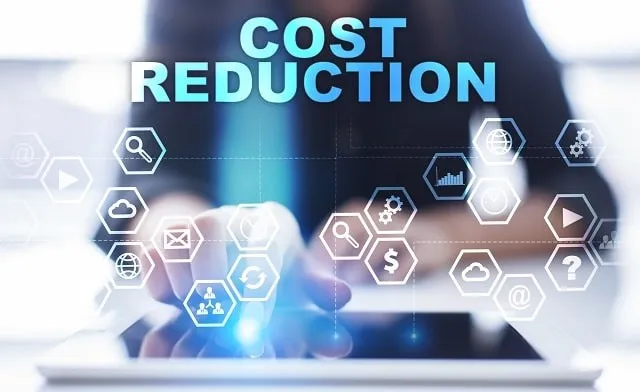In the fast-paced world of business, effective project management is crucial for ensuring that tasks are completed on time, within budget, and to the required quality standards. Project management software plays a vital role in facilitating these objectives, offering a range of features designed to streamline workflows, enhance collaboration, and improve overall efficiency. This article delves into the essential features of project management software, helping you understand what to look for and how to select the right tool for your needs.
Task Management: Organizing Work Efficiently
Task management is a core feature of project management software, allowing users to create, assign, and track tasks with ease. Effective task management involves breaking down larger projects into smaller, manageable tasks, setting deadlines, and assigning responsibilities to team members. Look for software that offers customizable task lists, priority settings, and progress tracking. These features help ensure that everyone is aware of their responsibilities and that tasks are completed on schedule.
Gantt Charts: Visualizing Project Timelines
Gantt charts are a powerful visual tool for planning and scheduling projects. They provide a graphical representation of the project timeline, showing tasks, milestones, and dependencies. By visualizing the sequence of tasks and their interdependencies, Gantt charts help project managers and team members understand the overall project flow and identify potential bottlenecks. Choose software that includes Gantt chart functionality to enhance your project planning and monitoring capabilities.
Collaboration Tools: Enhancing Team Communication
Effective collaboration is essential for successful project management. Project management software should include features that facilitate communication and collaboration among team members. Look for tools that offer real-time messaging, file sharing, and comment sections within tasks or projects. Integration with email and other communication platforms can also streamline interactions and ensure that all team members stay informed and engaged throughout the project lifecycle.
Time Tracking: Monitoring and Managing Time Resources
Time tracking is a critical feature for managing project timelines and budgets. Project management software with built-in time tracking allows team members to log hours spent on tasks and projects. This feature helps project managers monitor progress, assess productivity, and ensure that projects stay within budget. Additionally, accurate time tracking can provide valuable insights for future project planning and resource allocation.
Budget Management: Keeping Financials in Check
Budget management features are essential for tracking project expenses and ensuring that projects are completed within the allocated budget. Look for software that allows you to set and monitor budgets, track expenses, and generate financial reports. Features such as expense tracking, cost forecasting, and integration with accounting software can help you manage financials effectively and avoid budget overruns.
Resource Management: Allocating and Optimizing Resources
Effective resource management is key to ensuring that project resources—such as team members, equipment, and materials—are used efficiently. Project management software should provide tools for resource allocation, including the ability to assign tasks based on team members’ availability and skills. Resource management features can help you identify over-allocated or under-utilized resources and make adjustments to optimize performance and productivity.
Reporting and Analytics: Gaining Insights and Improving Performance
Reporting and analytics features allow project managers to generate detailed reports and analyze project data. These insights can help you track progress, identify trends, and make data-driven decisions. Look for software that offers customizable reporting options, including progress reports, performance metrics, and project summaries. Advanced analytics features, such as dashboards and data visualization, can further enhance your ability to monitor and evaluate project performance.
Integration Capabilities: Connecting with Other Tools
Integration capabilities are important for ensuring that your project management software works seamlessly with other tools and systems used by your organization. Look for software that integrates with commonly used applications, such as email clients, calendar apps, and document storage platforms. Integration with other tools, such as customer relationship management (CRM) systems and accounting software, can streamline workflows and enhance overall efficiency.
User-Friendly Interface: Ensuring Ease of Use
A user-friendly interface is crucial for ensuring that team members can navigate the project management software with ease. Look for software that offers an intuitive design, with clear navigation and accessible features. Customizable dashboards and easy-to-use controls can help reduce the learning curve and encourage adoption among team members. A well-designed interface enhances productivity by making it simple for users to manage tasks and access important information.
Security Features: Protecting Project Data
Security features are essential for protecting sensitive project data and ensuring that only authorized individuals have access to information. Look for project management software that offers robust security measures, such as user authentication, data encryption, and access controls. Additionally, consider software that provides regular backups and compliance with data protection regulations to safeguard your project data.
Customization Options: Tailoring the Software to Your Needs
Customization options allow you to tailor the project management software to meet the specific needs of your organization and projects. Look for software that offers customizable task fields, project templates, and workflow automation. The ability to configure settings according to your project requirements and team preferences can enhance efficiency and ensure that the software aligns with your unique processes.
Mobile Accessibility: Managing Projects on the Go
Mobile accessibility is increasingly important for project managers and team members who need to manage projects while on the go. Choose software that offers mobile apps or responsive web design, allowing users to access project information, update tasks, and communicate with team members from their smartphones or tablets. Mobile accessibility ensures that you can stay connected and manage projects effectively, regardless of your location.
Customer Support: Ensuring Help When You Need It
Reliable customer support is an important factor when selecting project management software. Look for software that offers comprehensive support options, including live chat, email support, and phone assistance. Access to a knowledge base, tutorials, and user forums can also provide valuable resources for troubleshooting and learning how to use the software effectively. Good customer support ensures that you can resolve issues promptly and make the most of your project management tools.
Conclusion
Choosing the right project management software involves evaluating a range of features to find a solution that meets your specific needs. Essential features such as task management, Gantt charts, collaboration tools, and time tracking play a critical role in ensuring effective project management. Additionally, consider factors such as budget management, resource allocation, reporting and analytics, integration capabilities, and security features. By carefully assessing these features and selecting software that aligns with your project requirements and organizational goals, you can enhance your project management processes and achieve greater success in your projects.









